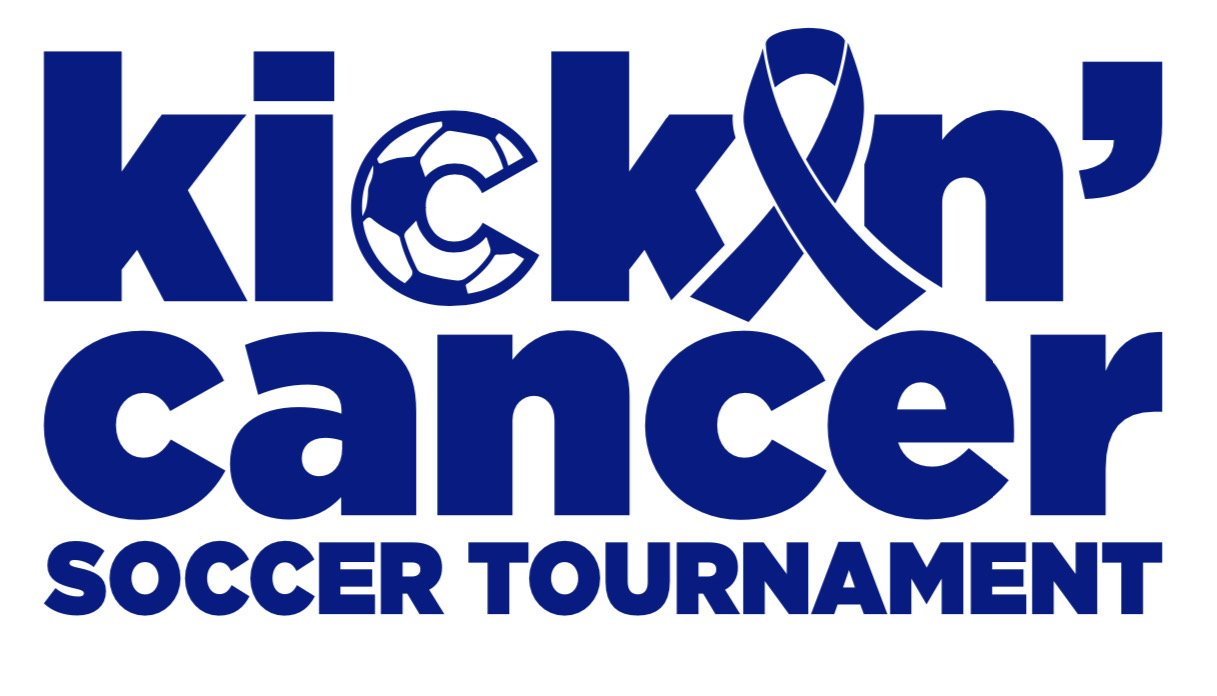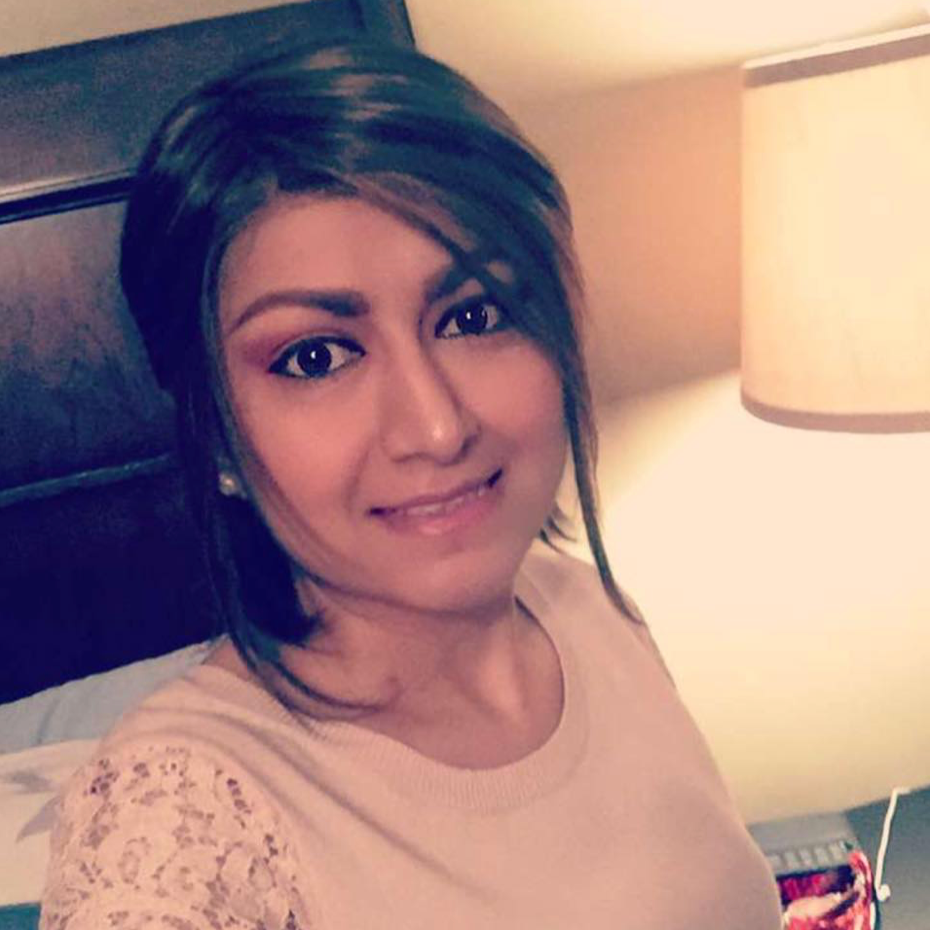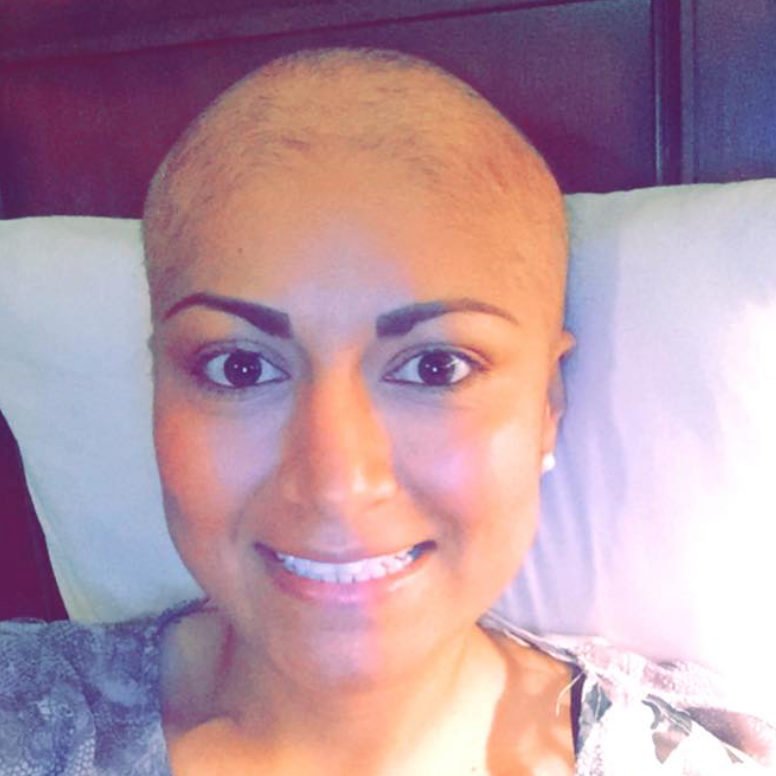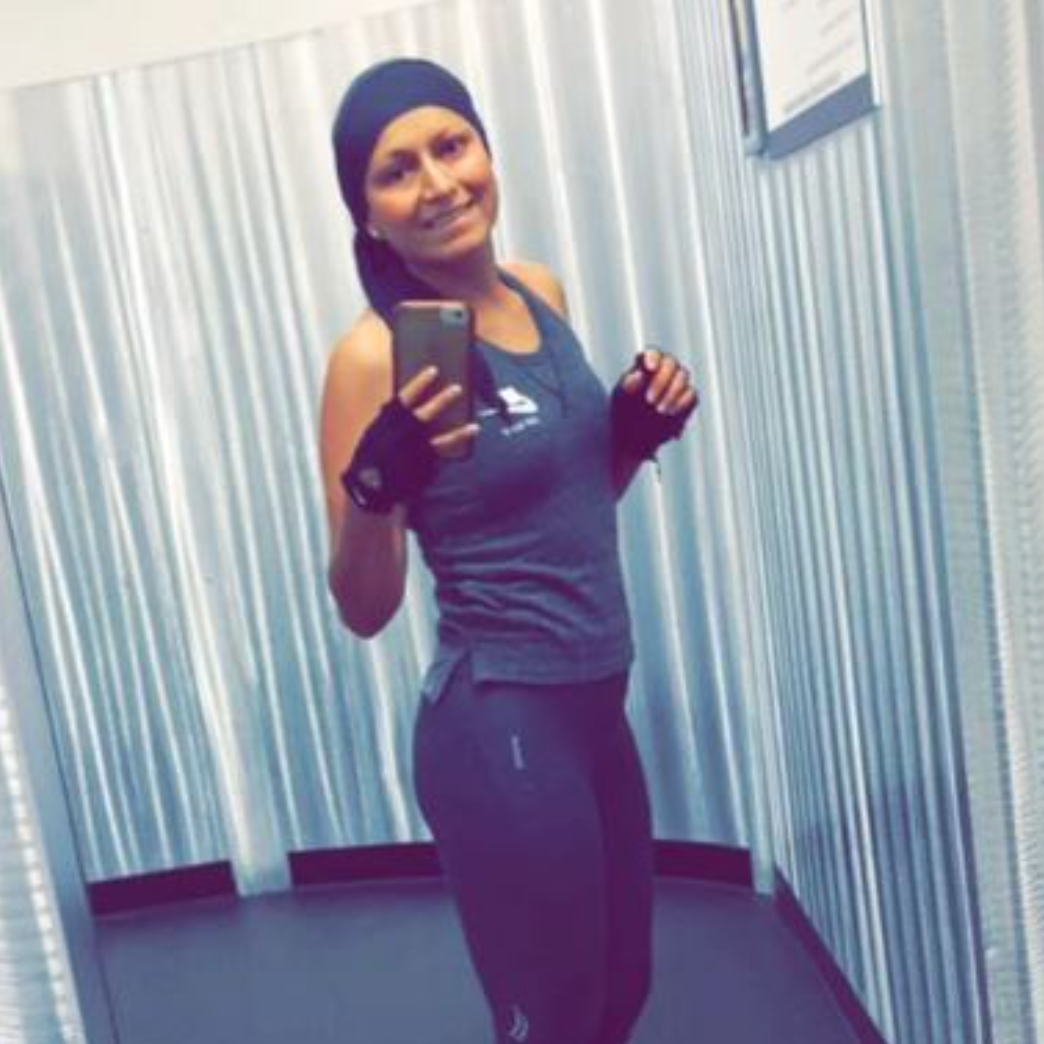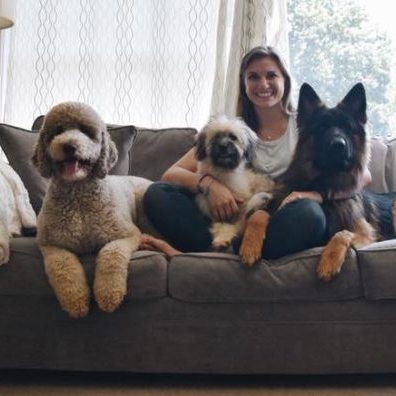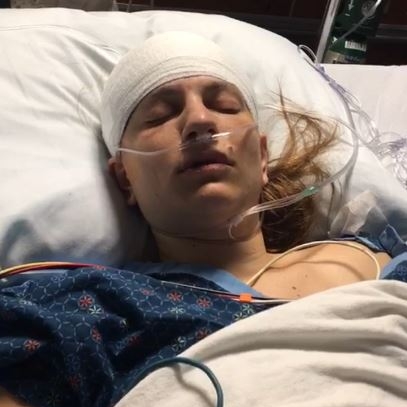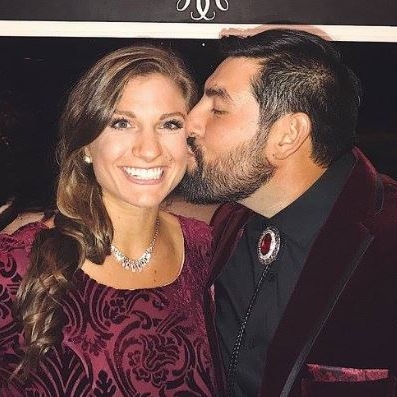Mayra's story
Finding the Lump
In April of 2017, Mayra was performing a self-breast exam and found a lump. She was only 31. She immediately scheduled a mammogram and ultrasound; however, the doctor told her she was too young to have cancer and asked her to wait another 3 months before performing an additional mammogram. By July, the lump had grown a full centimeter and a new lump had formed. Her new doctor had the lump biopsied within 2 days. When he called her to say that he wanted her entire family with her for the follow up appointment, Mayra knew the results couldn’t be good. But, she still didn’t think it would be cancer.
The biopsy showed breast cancer.
Diagnosis and Treatment
The next step was to see how far the cancer had spread, which led to an MRI and a bone scan to look for metastases. Mayra was lucky. Even though she had an aggressively growing tumor, it had only spread to her nearby lymph nodes.
Her treatment began with six rounds of aggressive chemotherapy, which left her exhausted and barely able to work. Three different medications were administered regularly to shrink her tumor as quickly as possible. When her 12 year old son, Junior, saw her hair coming out in clumps as a result of the treatments, he asked her if she was dying. Mayra bolstered herself and told him confidently, “No, I am not dying,” but it broke her heart to see how scared her son was.
After the chemotherapy, Mayra underwent surgery to remove the tumor and affected lymph nodes. By the time January 2018 was finished, she had undergone three different surgeries in an attempt to get all of the cancerous tissue. Eventually they decided that a unilateral mastectomy would be the best option. Next up was radiation therapy, which she is in the middle of right now. Every day, for 30 days, Mayra has her breast radiated to remove any possible remaining cancer cells. When she finishes, she will still have to take a pill for ten years to prevent the cancer from coming back and will eventually have reconstruction surgery.
Staying Positive
In spite of all of this, Mayra has kept her job, her strength, and her amazingly positive attitude. Every day she goes to work, gets to the hospital for treatment, takes care of her son as a single mother, and manages to make time to take care of her health. She says that her diagnosis has made her appreciate the little things in life. Currently, she is back to playing soccer after taking time off for treatment and says she feels good. Even though she has a long journey ahead of her, Mayra has already survived so much. Her last day of radiation therapy is May 4, and she’s hoping to have a salsa party on May 5 to celebrate.
Stéphanie's story
Born in Orlando, Stéphanie didn’t start playing soccer until she was 13, late in life by soccer standards. Being completely fearless, she naturally gravitated toward playing goalkeeper. She went on to play college ball at University of Central Florida transferred to Bryan College, and played semi professionally with the Charlotte Lady Eagles.
Finding the Mass
In August 2016, Stéphanie moved to Knoxville, TN, and began playing with the Knoxville Metro Soccer League. During an MRI in late September, a mass was discovered in her right frontal lobe and was scheduled for surgery. She was only 26. While waiting for the surgery, Stephanie experienced a grand mal seizure during her sleep in October. Surgery was performed in November to remove the mass and perform a biopsy.
She was diagnosed with grade 3 anaplastic astrocytoma, a tumor of the supportive tissue in the brain known to be highly aggressive. Some sources cite that median survival is only 2-3 years.
Looking at Treatment Options
After the surgery, Stéphanie was presented with treatment options that included aggressive chemotherapy and radiation. However, with the help of her family, she did an immense amount of research and decided to pursue a holistic approach that would boost her immune system with herbal supplements and a ketogenic diet. Research has shown that our body tends to recognize cancer cells as not part of our own self through a mechanism known as “immune surveillance.” Stéphanie reasoned that by boosting her immune system, she could aid her body in fighting the cancer on its own. She reached out to doctors and family members that treat the body using holistic therapies and underwent extensive counseling to deal with having a brain cancer diagnosis.
From November 2016 to October 2017 her tumor, affectionately nicknamed “Lumpy Garcia,” showed no signs of growth, a huge relief to Stéphanie and her family. During that time period, she was asked to play in her first Knoxville Kickin’ Cancer Soccer Tournament. Her team was even named Lumpy Garcia in her honor. It was her first time playing soccer since her diagnosis but she felt compelled to participate.
Her Future
It was at the tournament that she met her now husband to be, David Torres, who has been an enormous source of support for Stéphanie. Their teams played each other twice, with Stéphanie’s team losing each time. David, known in the soccer community for how kind he is, walked by her and told her “great game.” Her memory was so impaired after the surgery that she couldn’t even remember if they had met before. But she told her sister on the phone that night that she had met her future husband – and didn’t even know his name! Ironically, their teams have never played each other again. Without the tournament, they would have never met. Stéphanie says, “David never looked at me as a disease. He sees me as the woman he will marry and have a future with.” They will be married in October.
Her most recent MRI in April showed the residual tumor is stable. Stéphanie credits her family, community, pets, and ultimately her faith in Jesus for getting her through. For her, the freedom of trusting in a higher power Who knows what is best for her is her source of strength, comfort, and peace.
